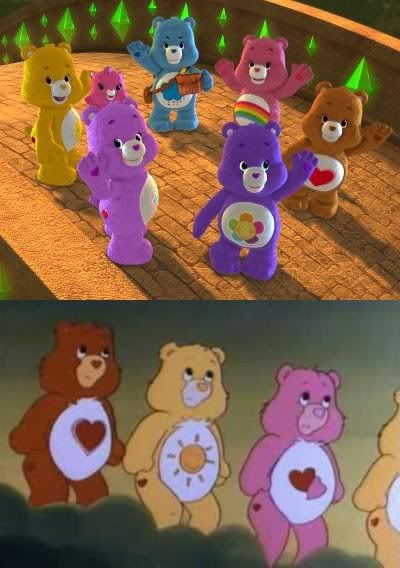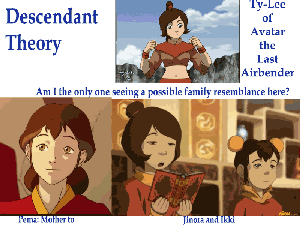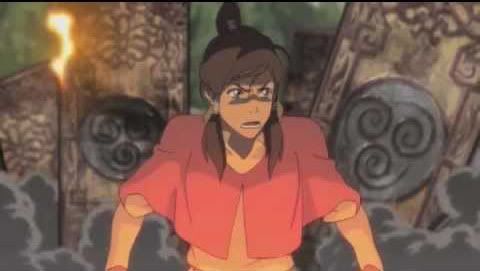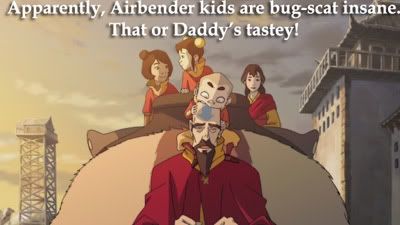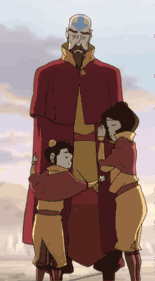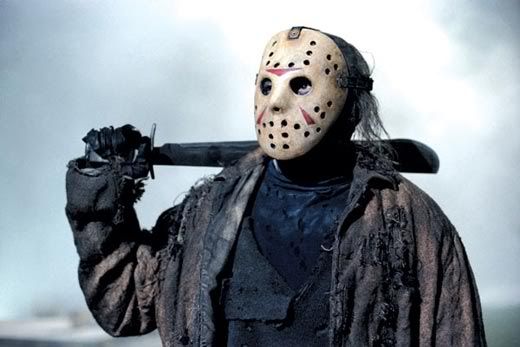Recently, the cancer support organization known as Gilda’s Club announced that they are changing their name to Cancer Support Community. The reason given is that most of their younger patients don’t know who Gilda Radner was. Instead of continuing to seize the opportunity to educate others about the life of one who suffered as they do but didn’t have their benefits, they’ve decided to change their name so as not to confuse the young patients.
You’re kidding, right?
We often see the issuing of an “Amber Alert” for a child. This has become the term for “A child has gone missing. Please be on the lookout for that child”. How many people know why the term “Amber Alert” is used? How many people know that the “Amber Alert” program is the living memory for Amber Hagerman?.
Over 16 years have passed since one family’s heart-shattering loss was rallied into a nationwide program that coordinates information outlets to locate abducted children.
Somehow, I doubt they’ll stop calling it an “Amber Alert” just because few people know, or remember, the story behind it.
If we’re out to accommodate the youth, we may as well start changing all street names, building names, park names and countless foundation names every two or three years. Just think how much confusion that would relieve all those precious little youths of having to learn about.
This got me to thinking about ordinary words we still use despite very few people knowing anything about them anymore.
Car engine power is described in “horsepower”. Ask the average driver what that means and you’ll probably get some vague answer about the speed of the vehicle. The fact that one horsepower is roughly equivalent to 746 watts of electricity is not exactly information hanging on most people’s refrigerator door. These days, engines can have anywhere upwards of 140 horsepower or more. Numbers like that don’t really make a horse sound all that strong. They could use the term “mouse power” for all most people care. As technology advances, the horses (and wattage) keep piling up.
Speaking of technology, our lives are increasingly surrounded by digital everything. The days of the round faced clocks are fading away. Does today’s youth still know what the terms “clockwise” or “counter clockwise” refer to? To them, a clock is a numeric display rather than a round disc of numbers where time is expressed by the position of two different sized sticks.
With the advancement of computers, many kids learn how to type before they learn how to write with pencils or pens. Yet we still see the image of a feather dipped into a bottle used as a representation of a writer. How many people still know that this feather is called a quill pen? In an age of instant things, how many people would understand the concept of having to continually dip the quill into the bottle of ink in order to write?
Our world is full of antiquated terms and names still in common usage with little regard to why they are used. Changing something because it might “confuse the youth” has got to be one of the sorriest excuses that I’ve ever heard.
As a side note, the “Cancer Support Community” gave each local chapter the option of changing their name or keeping the name of Gilda’s Club. I’m pleased to say that my local chapter chose to keep Gilda Radner’s memory alive through the use of her name.
Footnotes:
Special thanks to Pepe K. for word ideas.
Information gathered from the following sites:
Gilda Radner’s Internet Movie Database page
http://www.imdb.com/name/nm0705717/?ref_=fn_al_nm_1
Amber Alert America’s Missing: Broadcast Emergency Response http://www.amberalert.gov/
The Story and History of the Amber Alert http://www.amberalertcreator.com/
“Horsepower” entry on Wikipedia http://en.wikipedia.org/wiki/Horsepower
Quill pen image from “Sweet ClipArt” http://sweetclipart.com/


